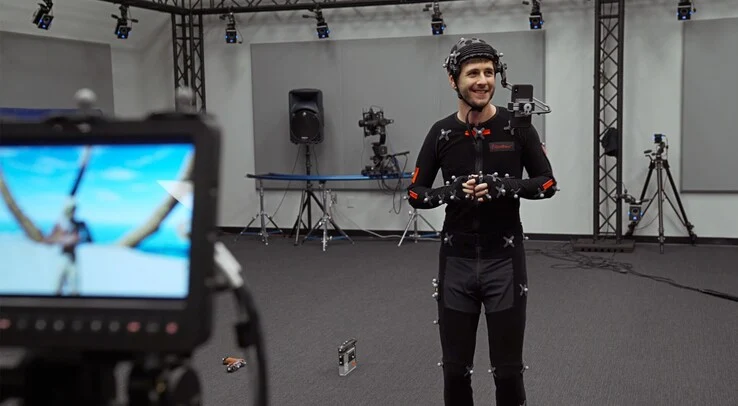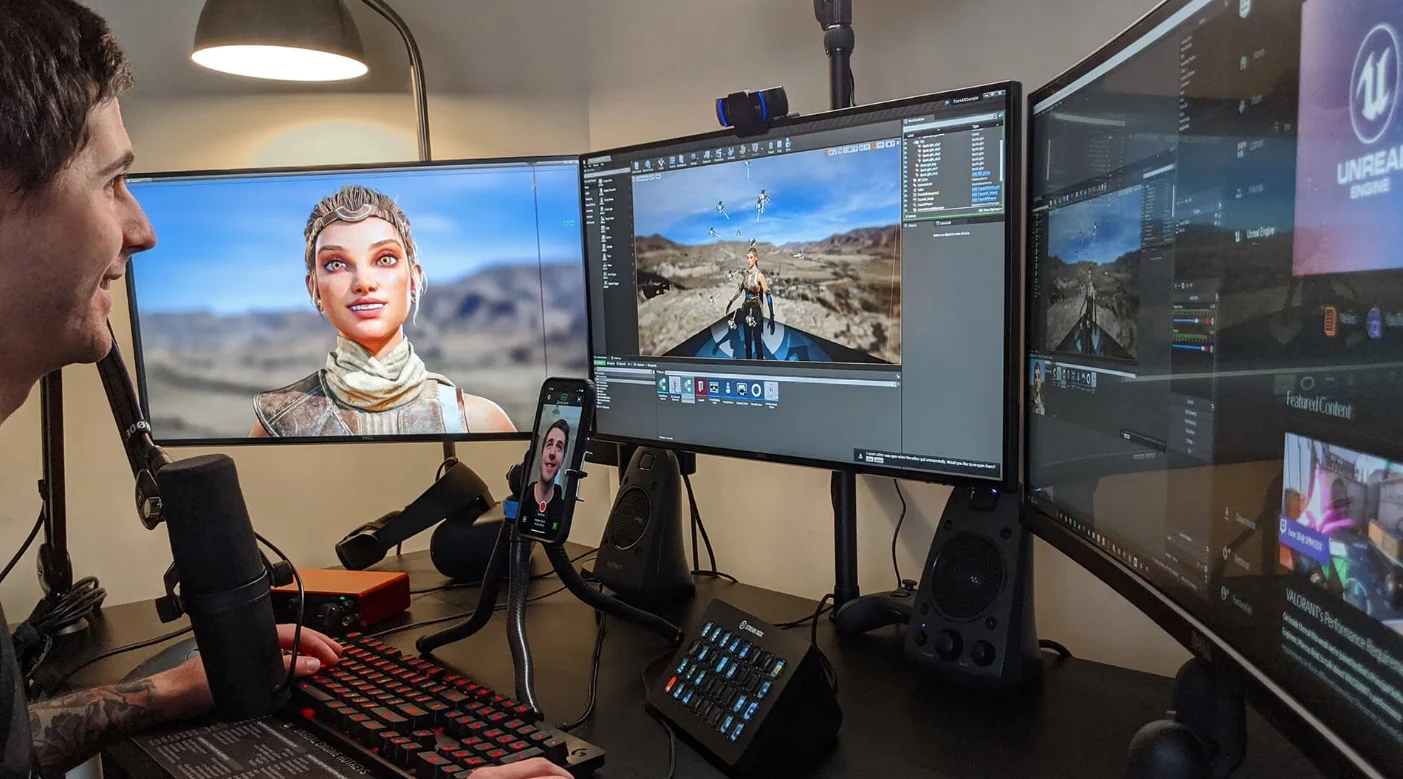Key Takeaways
1. Epic Games released version 1.4.2 of the Live Link Face app, improving real-time facial capture for iPhone users by fixing a manual IP address entry issue.
2. Live Link Face allows users to stream facial motion data directly from an iPhone’s TrueDepth camera into Unreal Engine, enhancing digital character animation.
3. The app supports creators in various fields, such as indie game development and livestreaming, by making high-quality facial animation accessible with common devices.
4. Epic Games explored biometric applications, proposing a facial recognition system for age estimation to enhance online safety for kids, though the FTC rejected the proposal.
5. Live Link Face remains free on the App Store and is regularly updated, with version 1.4.2 providing important usability improvements for creators in unique network setups.
Epic Games has rolled out version 1.4.2 of its Live Link Face app, bringing a small yet meaningful fix that improves the real-time facial capture for iPhone users. This update addresses a regional problem that had stopped some users from entering IP addresses manually, which is essential for connecting the app to Unreal Engine in various network settings.
Enhancing Real-Time Facial Capture
Originally launched in 2020, Live Link Face allows users to stream facial motion data straight from an iPhone’s TrueDepth camera into Unreal Engine. When paired with MetaHuman Animator, creators can apply detailed facial movements to digital characters instantly, eliminating the need for complex studio motion capture setups.
Epic Games remarked in their announcement, “Every subtle expression, look, and emotion is accurately captured and faithfully replicated on your digital human.”
Valuable Tool for Creators
This technology is becoming more important in many creative fields. Indie game developers, animation studios, VTubers, and livestreamers are all leveraging this tool to bring their digital characters to life with expressive, real-time performances. Aaron Sims, a well-known character designer from films like Men in Black and Gremlins 2, has commended this progress, saying, “We can take the realism all the way down to the pore. As someone who used to make puppets and prosthetics, now I can do anything I want.”
Epic’s app also supports the company’s larger goal of making high-end animation workflows accessible to more people. By reducing the entry barriers, they allow smaller teams and individual creators to achieve professional-level facial animation using commonly available devices like the iPhone.
Exploring New Applications
Beyond just performance capture, Epic has also looked into biometric uses. In 2023, the company collaborated with identity verification companies Yoti and SuperAwesome to suggest a facial recognition system for estimating age. This proposal was submitted to the US Federal Trade Commission, aiming to enhance online safety for kids with privacy-focused age verification methods. Although the FTC ultimately rejected the proposal, PC Gamer mentioned that the concept may not be entirely off the table.
As of April 2025, Live Link Face is still available for free on the App Store and continues to get regular updates. While version 1.4.2 is somewhat minor, it provides crucial usability enhancements for creators dealing with non-standard or limited network configurations.
Source:
Link





